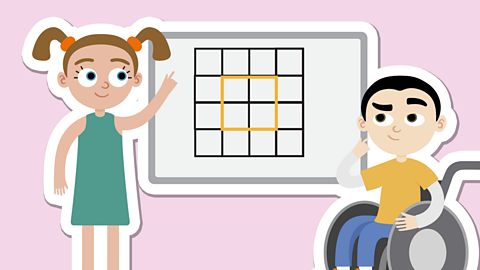How do you classify shapes?

You can classify shapes based on their properties.
Properties are qualities that a shape has.
Examples of shape properties are:
- number of sides
- length of sides
- number of angles (corners)
- types of angle (acute, obtuse, right-angle)
- perpendicular and parallel lines

Watch: Classifying shapes
Watch the video below which is all about polygons. Polygons are 2D shapes with 3 or more straight sides.
All quadrilaterals are polygons, but there are other types of polygons too.
Quadrilaterals
Quadrilaterals have 4 straight sides and 4 angles. These are the common properties.
Here are some examples of quadrilaterals and their properties:
Square
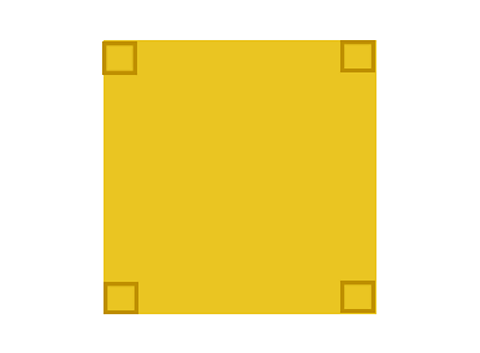
Properties:
- all sides all of an equal length
- angles that are all right-angles (perpendicular lines)
- 2 pairs of parallel lines

Rectangles
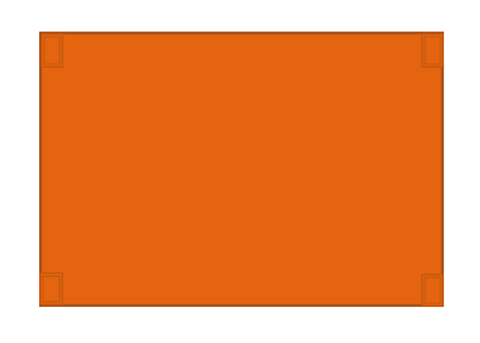
Properties:
- 2 sides longer than the others
- angles that are all right-angles
- 2 pairs of parallel lines

Trapezium
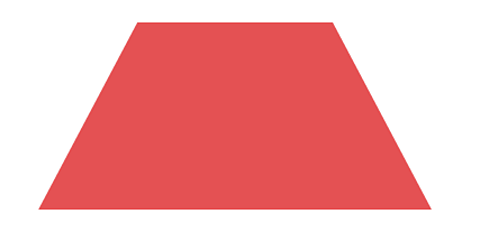
Not all trapeziums look the same. This trapezium has:
Properties:
- 1 pair of parallel lines (all trapeziums have this)
- 2 sets of equal angles
- 2 lines equal length and 2 that aren’t
- 2 obtuse angles and 2 acute

Parallelogram

Properties:
- 2 pairs of parallel lines
- 2 acute and 2 obtuse angles
- 2 pairs of sides that are equal length

Rhombus
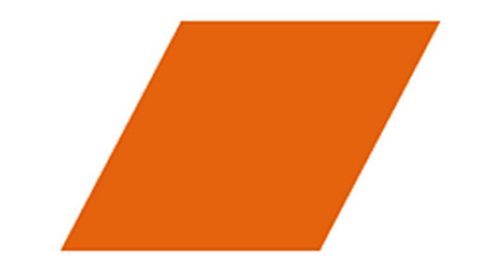
Properties:
- all sides equal length
- 2 pairs of parallel lines
- opposite angles are equal

Using Venn diagrams
As you can see, some quadrilaterals share more properties than four sides and four angles.
Look at this rhombus and square.
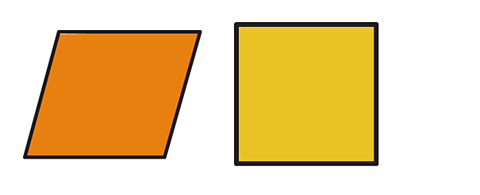
These two quadrilaterals also share 2 pairs of parallel lines and 4 equal lengths.
You can classify and compare shapes by using a Venn diagram.
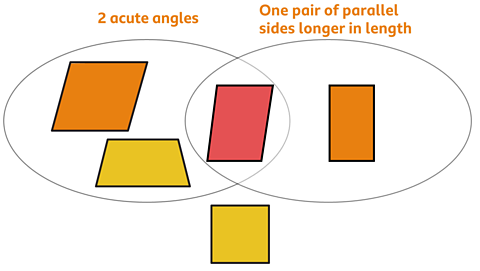
Each shape has been placed in the section of the Venn diagram it belongs in.
Because the square doesn’t have any acute angles or a pair of parallel sides that are longer in length, then it stays outside of the Venn diagram.
Using a Carroll diagram
You could also use a Carroll diagram to classify these shapes.
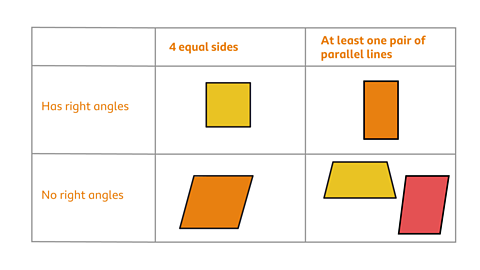
The shapes have been placed in the sections where they share two of the properties from the Carroll diagram.
Activities
Activity 1
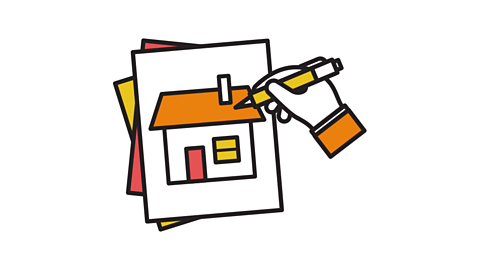
Finding quadrilaterals
Look around you. Can you see any quadrilaterals? Draw and label the types of quadrilaterals you can see.
Quadrilaterals have four sides. Can you draw a four-sided shape which is not a quadrilateral?

Quiz
Take the quiz to find out how much you know about quadrilaterals.
NEW! Play Guardians: Defenders of Mathematica - the Halloween update. gameNEW! Play Guardians: Defenders of Mathematica - the Halloween update
Experience Mathematica as you’ve never seen it before, with all-new backgrounds and costumes for Halloween. Available for a limited time only. Use your maths skills to save the day before it's too late!

More on 2D shapes
Find out more by working through a topic
- count5 of 9
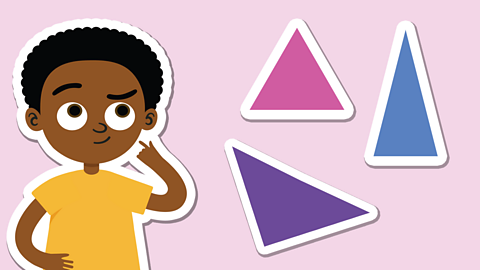
- count6 of 9
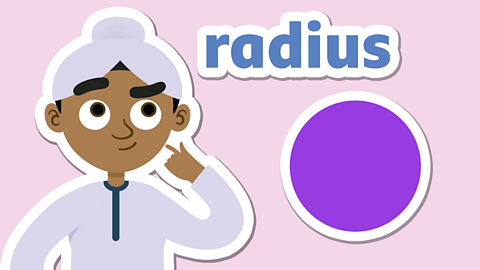
- count7 of 9

- count8 of 9
